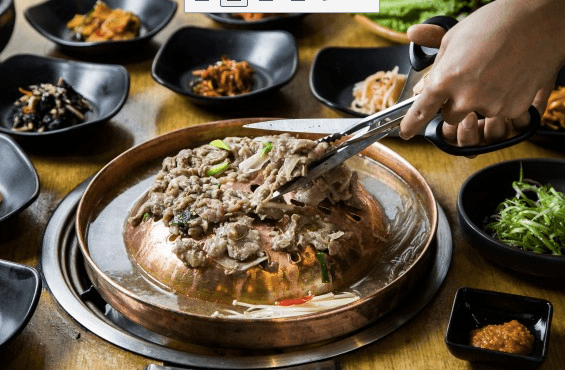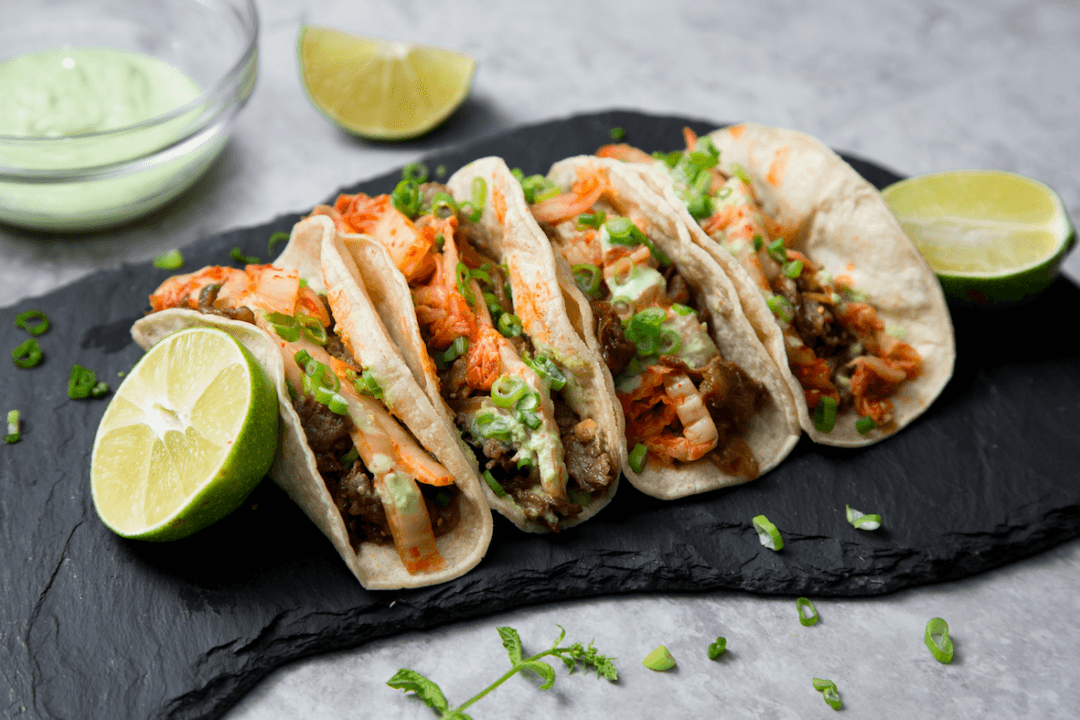Midtown Manhattan is known for its limited options for good eating at lunchtime. If you want a filling meal that is flavorful and doesn’t just satiate your hunger, missKOREA in Koreatown will leave you full and happy.
MissKOREA is a mainstay in the neighborhood, serving a comprehensive selection of Korean staple dishes with a bent towards clean, healthy preparation—unlike many restaurants that layer on the sodium and sugar.


